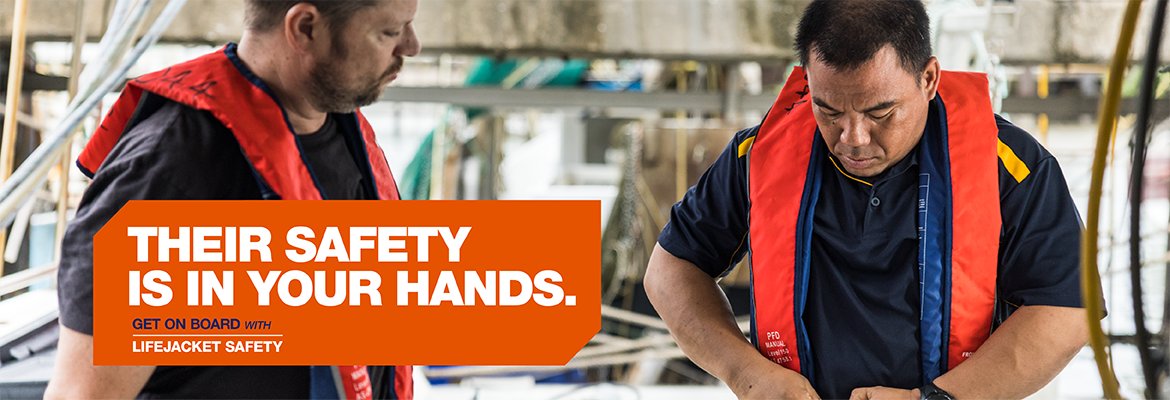
Requirements under the national law
What domestic commercial vessel (DCV) operators need to do to comply.
- Follow the manufacturer's maintenance instructions
- Develop a maintenance schedule for your lifejackets
- Keep records of what maintenance has been done
See also: National law requirements relating to lifejacket risk assessments and choosing the right lifejacket.
Follow the manufacturer’s instructions
To ensure lifejackets are in working order, you should follow the manufacturer’s instructions about maintenance.
Maintenance is particularly important for inflatable lifejackets. They need to be:
serviced at intervals of 12 months or longer intervals as recommended by the manufacturer
serviced at a servicing station approved and accredited to do so by the manufacturer.
Develop a maintenance schedule and keep records
Use these instructions, and any other government or industry requirements, to develop a maintenance schedule for your lifejackets, along with all your other safety equipment.
Never take short-cuts on servicing or skip your lifejacket maintenance checks. Keep proper records of what maintenance has been done. This allows you to track when they are next due for servicing or self-checks and helps to ensure your safety.
Lifejacket storage
Follow these tips for the storage of your lifejacket:
- Ensure your lifejacket is dry before storing.
- Clean salt off your lifejacket before storing.
- Store your lifejacket in a dry place, out of sunlight and away from heat.
- Visually check your lifejacket after use and before storing again.
- Make sure that the place you store your lifejacket can be easily accessed at all times. If you have assessed that it’s not necessary to wear a lifejacket in a given situation, ensure your lifejacket can easily be reached in an emergency.
The regulations
Lifejacket requirements under the national law are covered in these regulations: